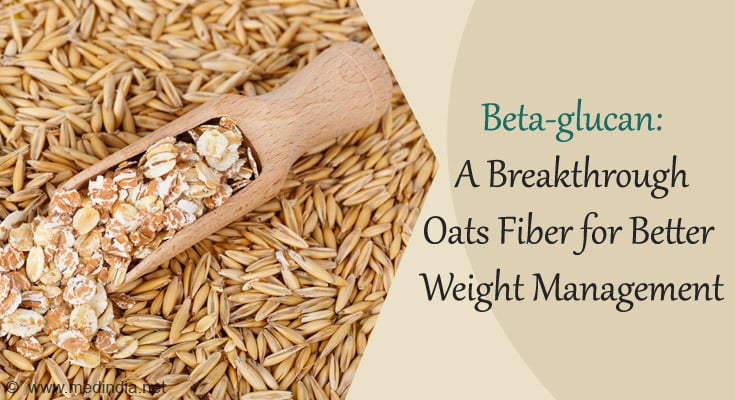
-
Obstructive sleep apnea is a condition of irregular breathing during sleep characterized by breathlessness and fatigue - Analyzing night sweats offers a better non-invasive accurate approach to determine the severity of sleep apnea over standard diagnostic methods
- Sweat analysis measures metabolites linked to oxidative stress and energy production which can be used to monitor the risk of cardiovascular diseases due to sleep apnea
Sleep apnea is a sleep-related breathing disorder that involves repeated obstruction to the upper airway, while the person is sleeping. Although disorders such as sleep apnea are thought to be respiratory diseases, their underlying metabolic processes can cause fatal co-morbidities that require continual medical attention.
While invasive blood tests offer tracking of such conditions, researchers from the University of Córdoba for the first time, monitor sweat to diagnose the severity of sleep apnea (1✔ ✔Trusted Source
Changes in human sweat metabolome conditioned by severity of obstructive sleep apnea and intermittent hypoxemia
Advertisement
What is Obstructive Sleep Apnea
Obstructive sleep apnea (OSA) is a disease characterized by irregular breathing that occurs while the patient is asleep. Symptoms include breathlessness, fatigue, and drowsiness.
Sleep apnea worsens energy production and raises oxidative stress resulting in a high incidence of cardiovascular disorders. So adequate diagnosis of the severity of the disease is necessary to prevent co-morbidities.
Advertisement
Current Investigations to Gauge Sleep Apnea Severity and its Limitations
The diagnosis of sleep apnea is currently based on the Apnea-Hypopnea Index (AHI), which measures sleep apnea based on the episodes of breathlessness one suffers per hour (for instance, the disease is considered severe when one has 30 or more episodes per hour).
However, because this index only measures the number of occurrences rather than the underlying metabolic events, it fails to offer information on the severity of the disease.
Determining the severity of sleep apnea mostly depends on changes in the metabolism of affected individuals. These changes are usually analyzed in blood or urine. However, sweat analysis could offer a less invasive and more accessible alternative to ascertain the severity of sleep apnea.
Advertisement
‘Sweat Analysis’ as a Diagnostic for Tracking Sleep Apnea Complications
The study aimed to assess any potential cardiovascular consequences by analyzing the metabolic alterations in sweat samples obtained from individuals with OSA categorized based on the oxygen desaturation index (ODI) and AHI.
The sweat samples were analyzed by gas chromatography coupled with high-resolution mass spectrometry after appropriate sample preparation to detect as many metabolites as possible.
About 78 metabolites were identified and their changes were studied, primarily regarding energy production and oxidative stress.
Sweat was shown to have persistently significant changes in pyruvate, serine, lactose, and hydroxybutyrate levels. Lactose, succinate, urea, and oxoproline were shown to have the most significant metabolic changes in sweat during the night. These changes had notably diverse implications on parameters like the AHI and ODI for classifying OSA severity.
Overall, metabolic changes mostly impacted oxidative stress, nitrogen metabolism, and systems connected to energy production and its co-occurring cardiovascular issues.
Thus, the disease’s progression may be watched and its potential impacts, such as cardiovascular issues, can be monitored with a personalized follow-up using the perspiration expelled during a patient’s sleep.
In summary, this study showed that sweat can be used to assess the severity of sleep apnea and its diagnosis, corroborated by the metabolic alterations observed during sleep.
Reference:
- Changes in human sweat metabolome conditioned by severity of obstructive sleep apnea and intermittent hypoxemia – (https://onlinelibrary.wiley.com/doi/10.1111/jsr.14075)
Source-Medindia



